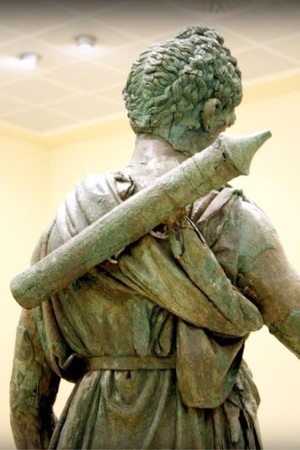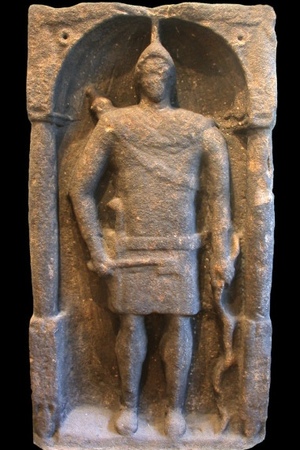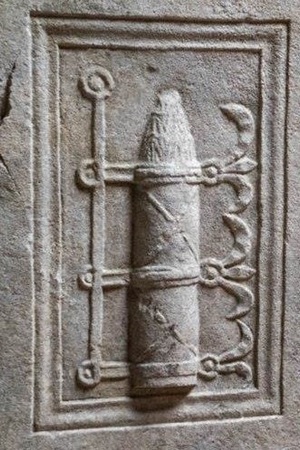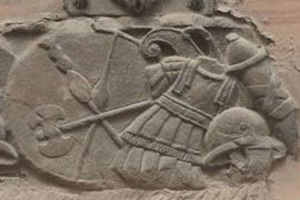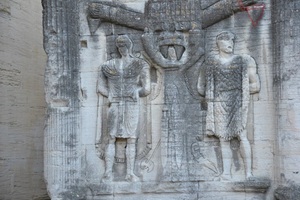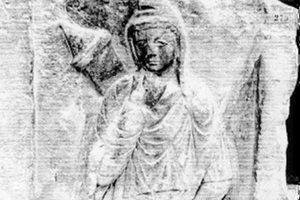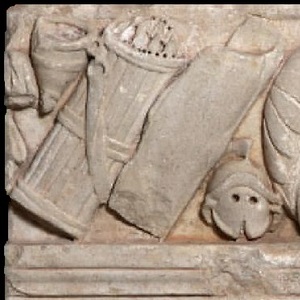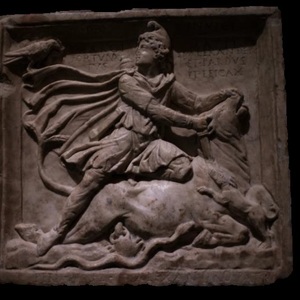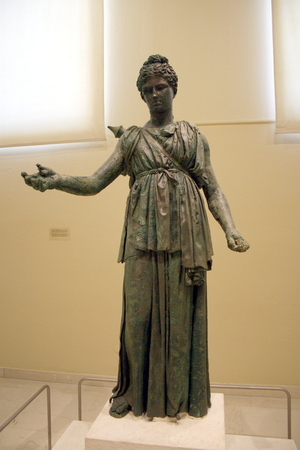Quiver
A quiver (Ancient Greek: φαρέτρα) is a type of carrying case designed to hold and store arrows. It was an essential accessory for both military archers and ordinary hunters. The only exception might be the gladiators known as sagittarii, who did not require a quiver due to the specific nature of combat in the arena. The Romans used the Greek word φαρέτρα to denote a quiver, derived from fevrein, meaning "to carry." The literal translation is "an item for carrying arrows."
No archaeological finds of quivers exist, but fortunately, numerous visual and written sources provide insight. Numerous depictions of archers with quivers allow us to accurately understand how quivers looked and how they were worn. They were typically cylindrical in shape and had a conical lid. Archers usually wore the quiver either on their back or at their waist.
Quivers were most likely made from leather or woven from reeds, similar to baskets. It's possible that a woven basket served as a frame over which leather was stretched, helping the quiver maintain its shape better.
Virgil provides an interesting description in his epic Aeneid:
“…therefore, the victor shall have a richly adorned horse; the second, an Amazonian quiver filled with Thracian arrows, with a large golden balteus around it, fastened below with a polished clasp of precious stones.”
Virgil describes the balteus as a belt that goes around the quiver, secured at its lower end. The term balteus also refers to a military belt, which means that the strap of the quiver might have been decorated with plates.
